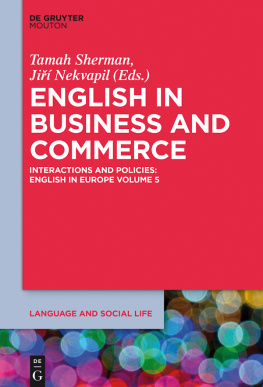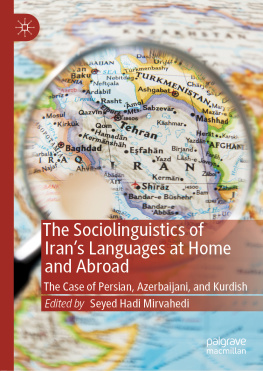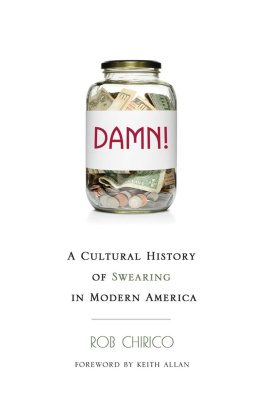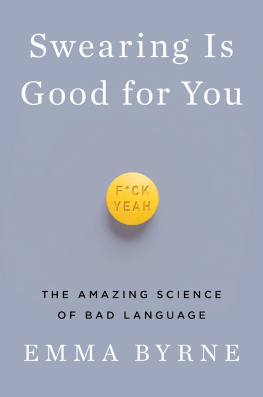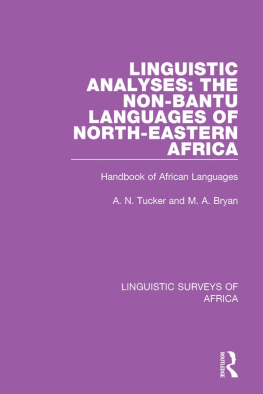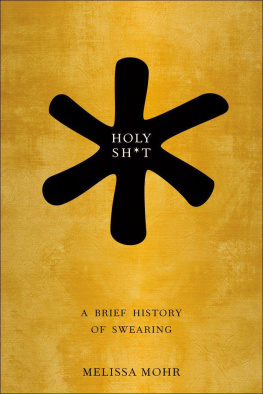The Deutsche Nationalbibliothek lists this publication in the Deutsche Nationalbibliografie; detailed bibliographic data are available on the Internet at http://dnb.dnb.de.
I will kill you today Reading bad language and swearing through Otherness, mimesis, abjection and camp
Abstract
This chapter approaches swearing and cursing practices from a more holistic perspective, and critically questions the narrow view on swearing as demarcated and extracted swear words. By exploring the many faces of swearing, this contribution aims at opening up new perspectives and intends to challenge the established understanding of bad language by presenting examples from different African contexts. The focus lies on labels and naming practices of the Self and the Other, on a bitter form of laughter, as well as on bodily substances that function as dangerous matter; all circling around swearing/cursing as a form of Otherness, mimetic practice, abject substance, camp and generally, as an expression of power. Introducing to the study of swearing and cursing, this chapter includes speakers creativity, agency, the fluidity of language(s) and the importance of context and embodiment, aiming to open the floor for the multifaceted and transdisciplinary strands found in the different subsequent chapters.
1.1 Setting the scene: The many faces of swearing
In Aguirre: The Wrath of God, Werner through Kinskis tantrums together, meticulously analyzing a performance of the rage and madness of a true genius.
With Kinskis scripted albeit compelling and challenging performance, both artists tie in with the powerful performances of border crossers of indigenous societies in Amazonia (where the film was largely shot), but also across the globe: shamans in many American and Asian societies, as well as the blacksmiths of West Africa, tricksters, members of spirit possession cults and healers are all divine fools, holy masters of disorder and transgressors of norms and certainties alike. They may say what otherwise is unspeakable, attack with words and put into question anything that may otherwise seem safe and granted.
What is so interesting about these boundary crossers and executors of rage is that the use of bad language and offensive gestures is so obviously performed according to a cultural script. Swearing and cursing never does just happen, is never an outburst resulting from the loss of control, but on the contrary, is controlled and based in context. This aspect of swearing, not as something linked to violence, or to the pathological side of language (like, for example, Tourettes syndrome), but as something merely performed as being marginal, and yet of central importance to societal order, is the focus of the present book. The contributions brought together in this volume aim at a sociolinguistic, ethnographic and sociological discussion of swearing and cursing practices. Moreover, these practices are explored by paying special attention to the possibility of using a more emic perspective on both language and culture.
This includes developing a broader approach: away from the well-established study of construction mechanisms of swear words (e.g., comparisons of swear terms based on animal names, body part terminology, etc.), and towards a study of linguistic creativity and speaker agency. Furthermore, this also involves the discussion of gesture, the use of objects, laughter, body effluvia (e.g. spit), and other aspects of communication that are often considered as not being part of language itself such as placement and movements, but also censorship and avoidance, for example. place. To look at swearing and cursing in such a holistic way helps us to uncover the tremendous power inherent in linguistic border-crossing: these norm-violating actions are irrevocably associated with the ability to restore order. In order to escape the threatening chaos, it is necessary to realize that in language there is the potential of liminality. And liminality requires agents who are able to cross boundaries, to shuffle to and fro. In this situation of performing transgression, it is of existential relevance to overthrow previously established order, challenge the sacred and deal with violent power.
Swearing, in its potential to violate norms, is linked closely to performances of excess and transgression, and presenting the performer as a liminal person, acting in a liminal context. Such performances may be lifetime performances, in front of huge audiences (as in Kinskis case), or short and involving only a small group of addressees. The point is that being offensive, by swearing and cursing as well as through these other language practices, is in principle achieved through transgression, through border-crossing. And both professional swearing performers and average speakers alike use the power of words and linguistic performance to defend order, to enhance social norms through language. Hence, while the notion of a linguistic taboo is to articulate and implement a set of rules on what cannot, or rather must not, be said, propositional or inter-individual swearing (see labels as abusive language, which, in an amusing twist, has the power to restore order.
The frequency of swearing in discourse, therefore, is an interesting feature of tabooed language, having social regulatory functions, but at the same time violating social regulations. While inter-individual swearing practices are usually understood as markers of rudeness, impoliteness or abuse, they can equally incorporate emphatic and face-building notions (as in This is fucking awesome), and thus respond to very diverging social needs within a community. In contrast, cathartic swearing as the expression of the speakers emotional state is channeled in ways that make anger manageable. It often consists of formulaic language and ritual speech, upon which morphological and syntactic restrictions can be imposed, as well as restrictions of context and applicability.
Both inter-individual as well as cathartic swearing and cursing have been dealt with in the body of literature available on the topic, such as persons, and preparing and consuming food: this makes swearing rich in anthropological implications. Preferences for particular strategies in swearing (e.g., based on words for excretion organs, products of metabolism, food, plants, etc.) shed considerable light on how specific strategies of transgressive language serve as emblematic markers for membership of a community or group, and on how they are therefore used as inclusive and identity building strategies, rather than as strategies to exclude in discourse.
Sociolinguistically, this is a rather challenging aspect of agentive language, especially when taking a fresh look at non-hegemonic sociolinguistic settings, where diverse linguistic repertoires are shared and norming is achieved by making reference to diverse cultural concepts and identity constructions. Such settings are often seen as typically non-metropolitan ones (.
Hence, instead of simply referring to swearing as transgressive language, we aim to unveil how swearing can teach us about speakers language concepts and how an alternative perspective can classify swearing as a form of secrecy and a way of silencing. Swearing can here be understood as pointing at secret practice, secret knowledge and unspeakable concealments. The inclusion of Southern Theory, Queer Theory, and a post-colonial angle can thereby help to broaden our understanding of bad language, building upon the rich semiotic encodings of swearing practices that we find all over the world. Another aspect of swearing practices that exceeds the framework of transgression is that of performativity: Who is part of the audience of these outbursts, and who is an addressee? How much do divine madness and secrecy challenge or restore roles and order?


